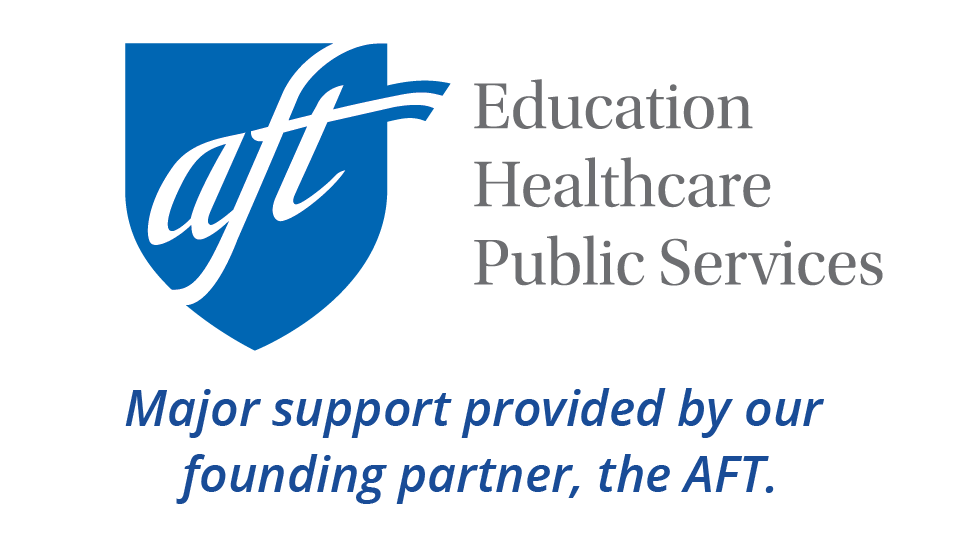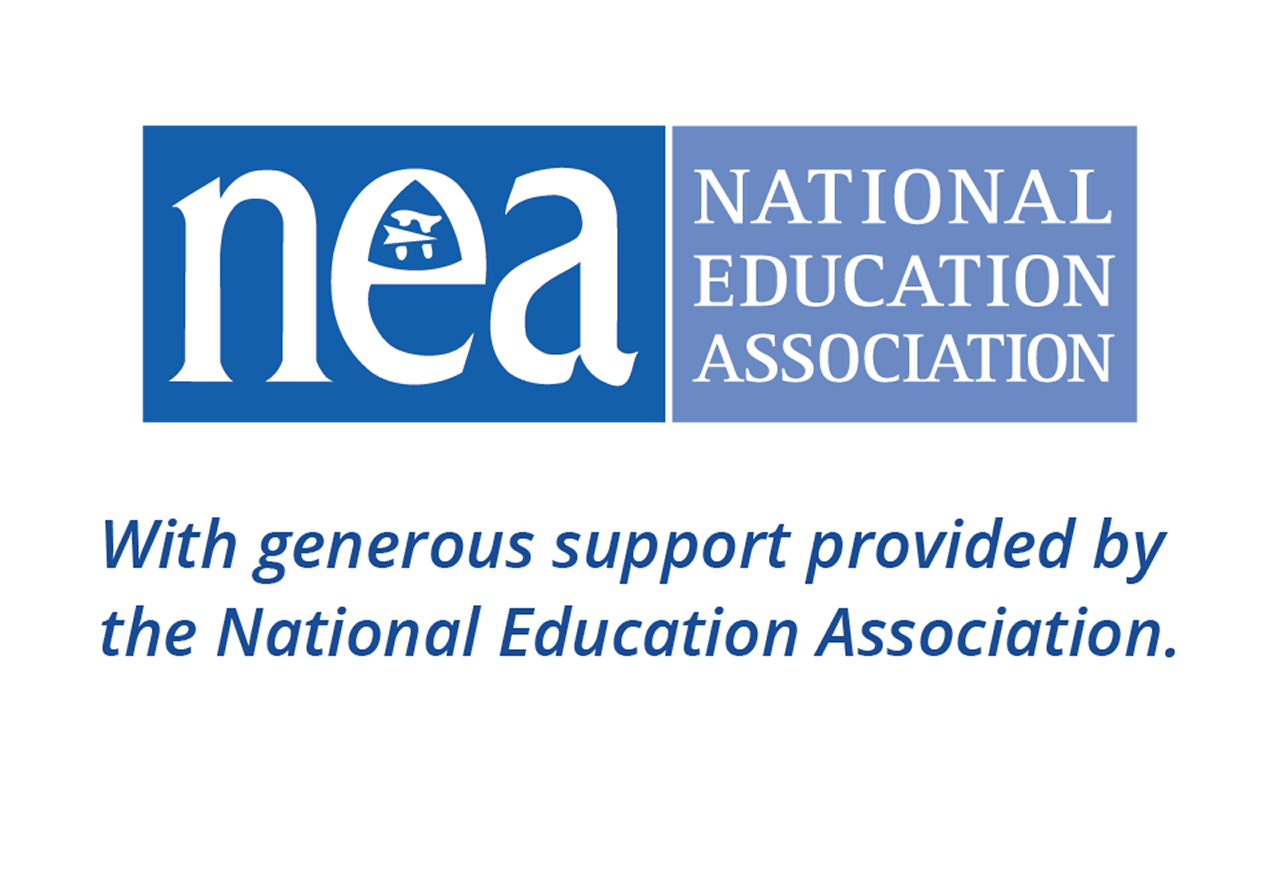New to Teaching ELLs?

The first year of working with English language learners (ELLs) can be full of challenges. Fortunately, there are a number of resources to help! Colorín Colorado has compiled this list to help new ELL teachers navigate their experiences in the classroom. These resources may also be helpful for veteran teachers who are new to teaching ELLs.
For related information, take a look at this Education Week article: 10 Assumptions to Rethink About English Language Learners.
Spanish Classroom Glossary
Don't miss our glossary of classroom words and phrases in Spanish!
Featured Articles
- 10 Strategies for Building Relationships with ELLs
- Creating a Welcoming Classroom Environment
- Fifteen Things Teachers Can Do to Support ELL Success in the New Year
- How to Create a Welcoming Classroom Environment for ELLs
- Language Objectives: The Key to Effective Content Area Instruction for English Learners
Related Video
Books and Booklists
Guides and Toolkits
Research and Reports
- Teaching English Language Learners: What the Research Does — and Does Not — Say
- Educating English Language Learners: A Review of the Latest Research
- The Role of English Teachers in Educating English Language Learners (ELLs)
- What Teachers Should Know About Instruction for ELLs
- Lessons Learned: New Teachers Talk About Their Jobs, Challenges, and Long-Range Plans (Part III: Teaching in Changing Times)
Recommended Resources
Social Media
Follow us and connect with Colorín Colorado on the following channels:
- Colorín Colorado's ELL Educator Group: Facebook group
- Colorín Colorado: Facebook
- Colorín Colorado: Twitter
- Colorín Colorado: Newsletters
Recommended Resources
Online resources
- EverythingESL
- TESOL Blog: Judie Haynes
- Larry Ferlazzo's Websites of the Day
- English Learner Infographics (Valentina Gonzalez)
- English Learners Blog (Valentina Gonzalez)
- ELL Educators to Follow (Thanks to Valentina Gonzalez for this compilation!)
Blog Posts
- HELP! I'm teaching ESL next year. What can I do now to prepare? (Valentina Gonzalez)
- 6 Essential Strategies for Teaching English Language Learners (Edutopia)
- 12 Ways to Support English Learners in the Mainstream Classroom (Cult of Pedagogy)
- 10 Ways to Value ELs’ Language Assets (Tonya Ward Singer)
- 5 Strategies to Position English Learners for Success This Year: Blog Post + Infographic (SupportEd)
Ways a Mainstream Teacher Can Help a Newcomer ELL
Veteran teacher Larry Ferlazzo and some of his colleagues answer the question: How do I teach a newcomer, with next-to-zero English proficiency, who is placed in my mainstream classroom without any additional outside support being provided?
What Teachers Should Know About Instruction for ELLs
This report from Education Northwest outlines 14 key principles that will help guide classroom and content-area teachers in their planning for ELL instruction and provides instructional implications for each principle.
TESOL: 6 Principles for Teaching ELLs
TESOL (Teachers of English to Speakers of Other Languages) International Association has defined a core set of principles for the exemplary teaching of English learners based on decades of research in language pedagogy and language acquisition theory.
English Language Learners: A Policy Research Brief
This brief produced by the National Council of Teachers of English gives an excellent quick overview of ELL issues, including population statistics, recent ELL policy, and recommendations for effective instruction. There is also an extensive reference list where you can find other great resources.
Help! They Don't Speak English Starter Kit
This toolkit offers great ideas on a wide range of topics, including ways to promote literacy and math learning, fair assessment and evaluation practices, and suggestions for getting ELLs' parents actively involved in school. You'll find lots of "grab and go" resources like games, lesson plans, and graphic organizers, as well as step-by-step descriptions of effective classroom strategies, such as total physical response and cooperative learning.
What! I Lost a Year!
Miscommunication between ELLs and native speakers can result from cultural differences, as well as language differences. This article describes how ESL teachers can help colleagues understand the role culture plays in their ELL students' interactions with others, and includes specific examples of cultural differences that sometimes cause misunderstandings.































